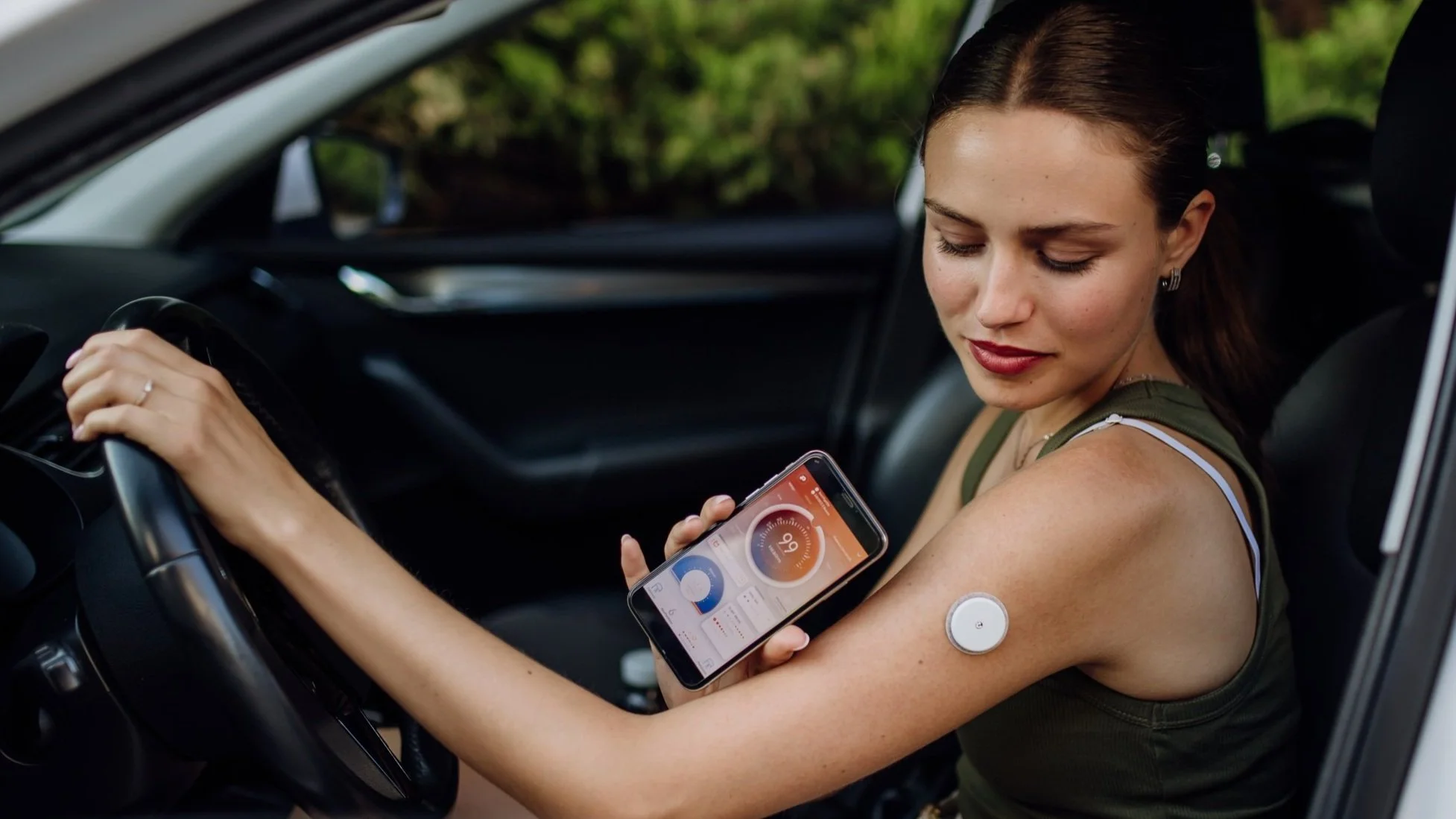Do you live in Australia, take insulin or other glucose-lowering medications, and have a driver’s licence? Whether you use Continuous Glucose Monitoring (CGM) or not, your experience matters. We're conducting a national survey on CGM and driving to help improve road safety and diabetes care.
We’re running a national survey to better understand what people with diabetes think about using Continuous Glucose Monitoring (CGM) when driving — and what could make it safer and easier. Whether you use CGM every day, only occasionally, or not at all, your experiences and opinions matter.
✅ Open to Australian adults using insulin or other glucose-lowering medications
🚗 Must hold a valid driver’s licence
🕒 Survey takes around 15 minutes to complete
🗓️ Closes 30 July 2025
🔒 All responses are anonymous
This research will help shape future road safety guidelines and diabetes technology improvements across Australia.
See below for our group's previous research publications on diabetes and driving
Automated Insulin Delivery Effects During Driving Among Older Adults with Type 1 Diabetes in a Randomized Trial
Trawley, S., Kwon, H. J., Vogrin, S., Colman, P. G., Fourlanos, S., Lee, M. H., MacIsaac, R. J., O'Neal, D. N., O'Regan, N. A., Sundararajan, V., Ward, G. M., & McAuley, S. A.
Diabetes Technology & Therapeutics, 2025, 27(2), 134–138.
DOI: 10.1089/dia.2024.0303
This study evaluates the impact of automated insulin delivery systems on driving safety among older adults with type 1 diabetes.
Driving with Type 1 Diabetes: Real-World Evidence to Support Starting Glucose Level and Frequency of Monitoring During Journeys
Trawley, S., Stephens, A. N., McAuley, S. A., Speight, J., Hendrieckx, C., Vogrin, S., Lee, M. H., Paldus, B., Bach, L. A., Burt, M. G., Cohen, N. D., Colman, P. G., Davis, E. A., Holmes-Walker, D. J., Jenkins, A. J., Kaye, J., Keech, A. C., Kumareswaran, K., MacIsaac, R. J., McCallum, R. W., Sims, C. M., Stranks, S. N., Sundararajan, V., Ward, G. M., Jones, T. W., & O'Neal, D. N.
Diabetes Technology & Therapeutics, 2022, 24(5), 350–356.
DOI: 10.1089/dia.2021.0460
This study provides real-world evidence supporting guidelines for starting glucose levels and monitoring frequency during driving in individuals with type 1 diabetes.
Driving-Related Glucose Patterns Among Older Adults with Type 1 Diabetes
Kwon, H. J., Trawley, S., Vogrin, S., Alipoor, A. M., Colman, P. G., Fourlanos, S., Grills, C. A., Lee, M. H., MacIsaac, R. J., O'Neal, D. N., O'Regan, N. A., Sundararajan, V., Ward, G. M., & McAuley, S. A.
Diabetes Technology & Therapeutics, 2024, 26(5), 335–340.
DOI: 10.1089/dia.2023.0416
This research investigates glucose patterns during driving in older adults with type 1 diabetes, supporting the "above-5-to-drive" recommendation.
Inconsistent Blood Glucose Checking Before Driving Among Drivers with Type 1 Diabetes: Results from the Australian YourSAY: Glucose Monitoring Study
Trawley, S., Holmes-Truscott, E., & Speight, J.
Diabetes Research and Clinical Practice, 2016, 121, 173–177.
DOI: 10.1016/j.diabres.2016.09.023
This paper highlights the inconsistency in blood glucose checking before driving among individuals with type 1 diabetes in Australia.
